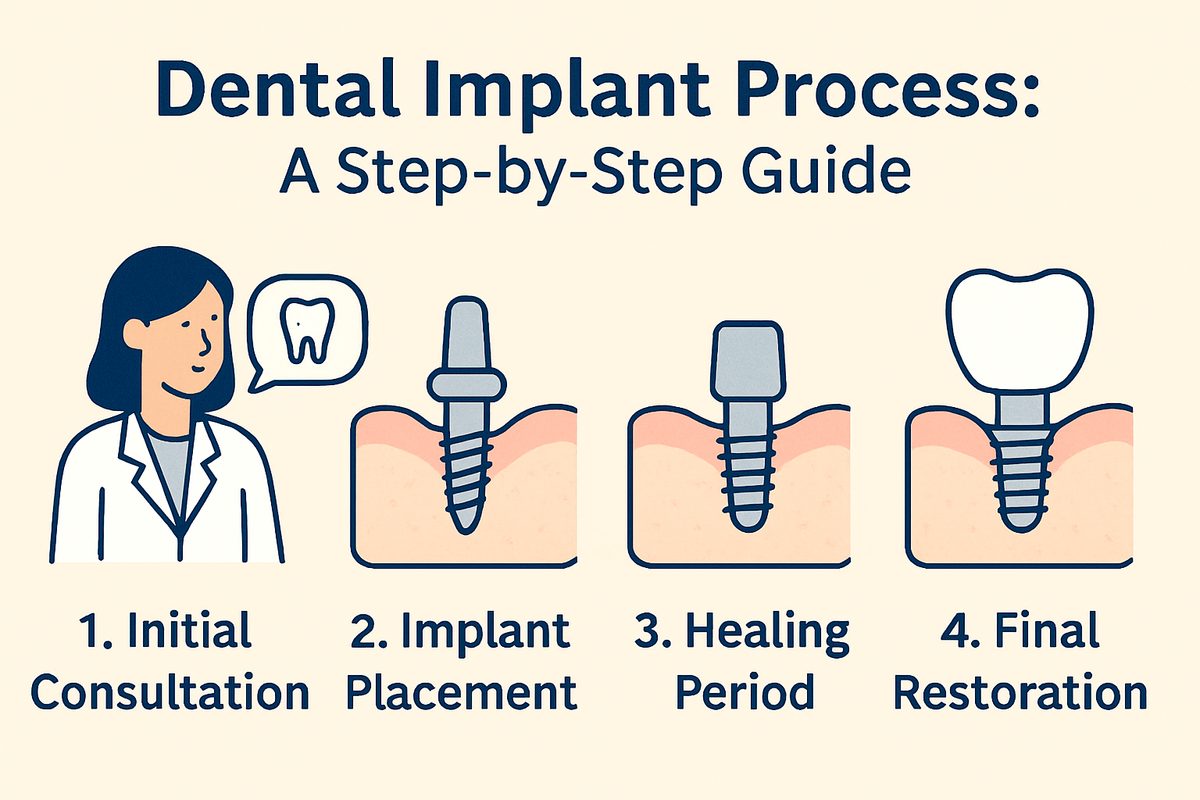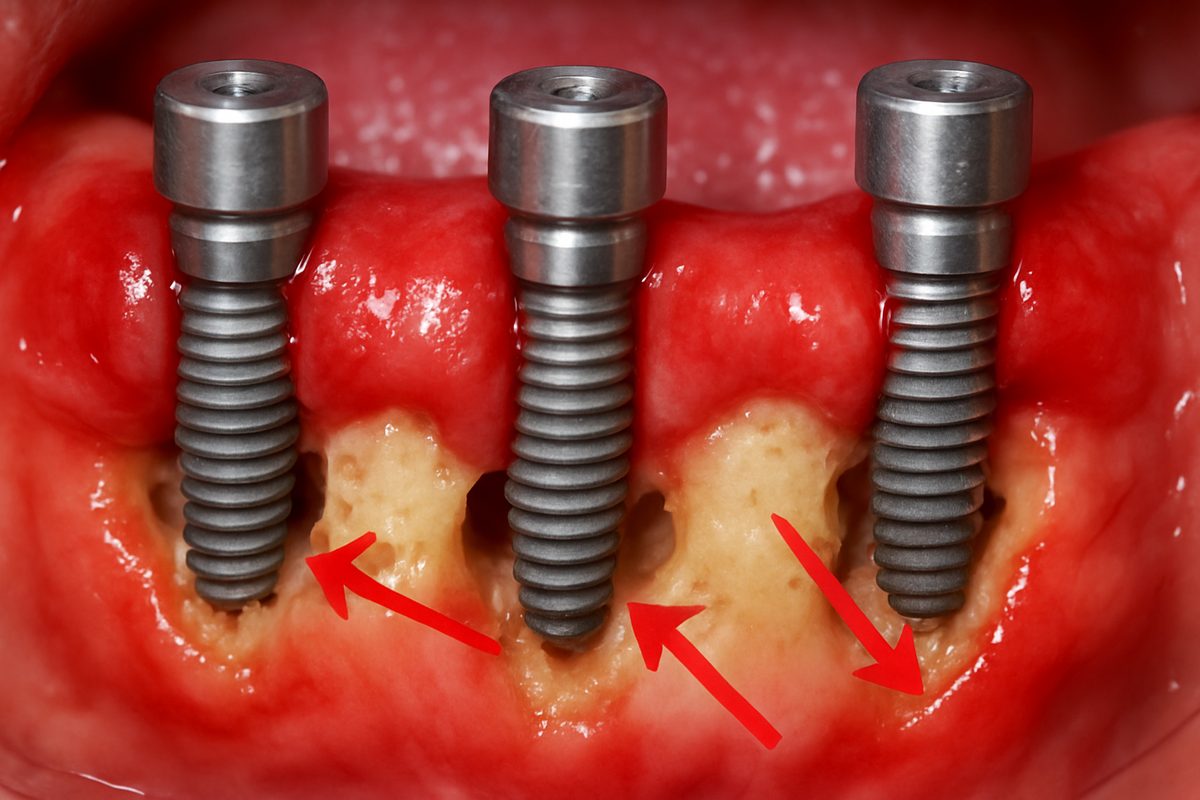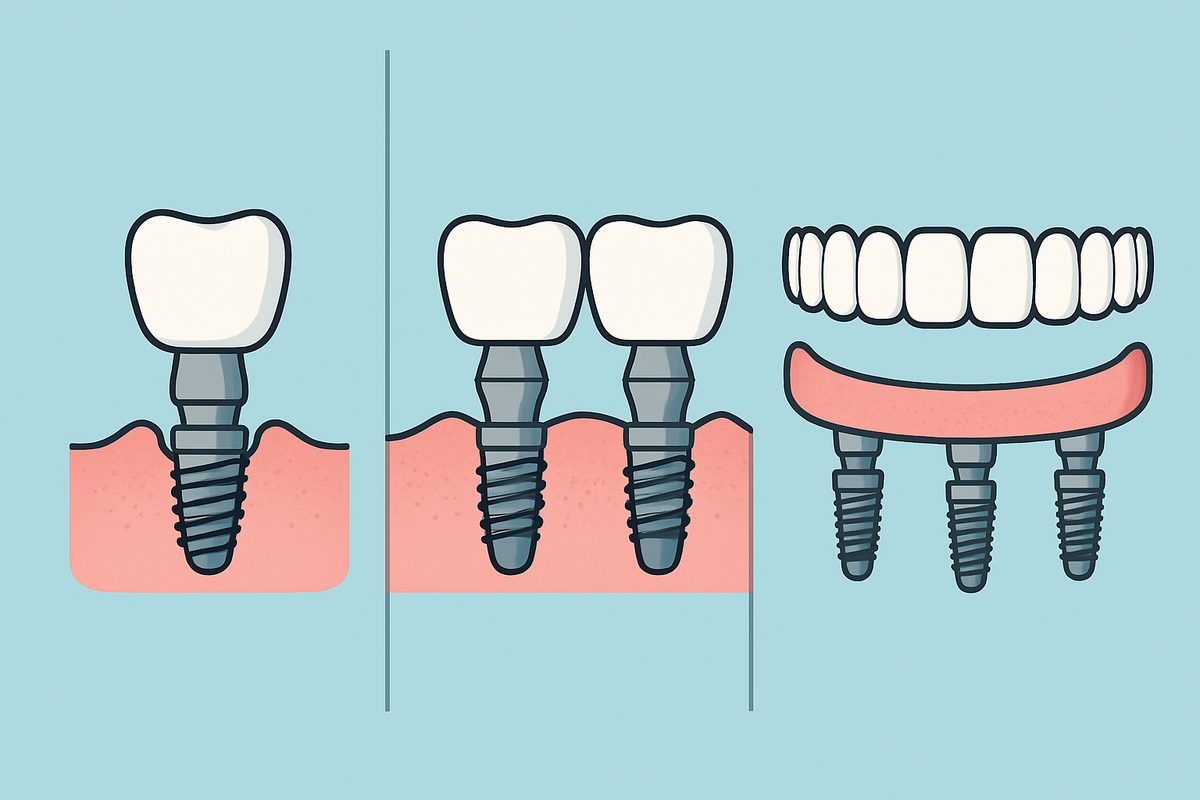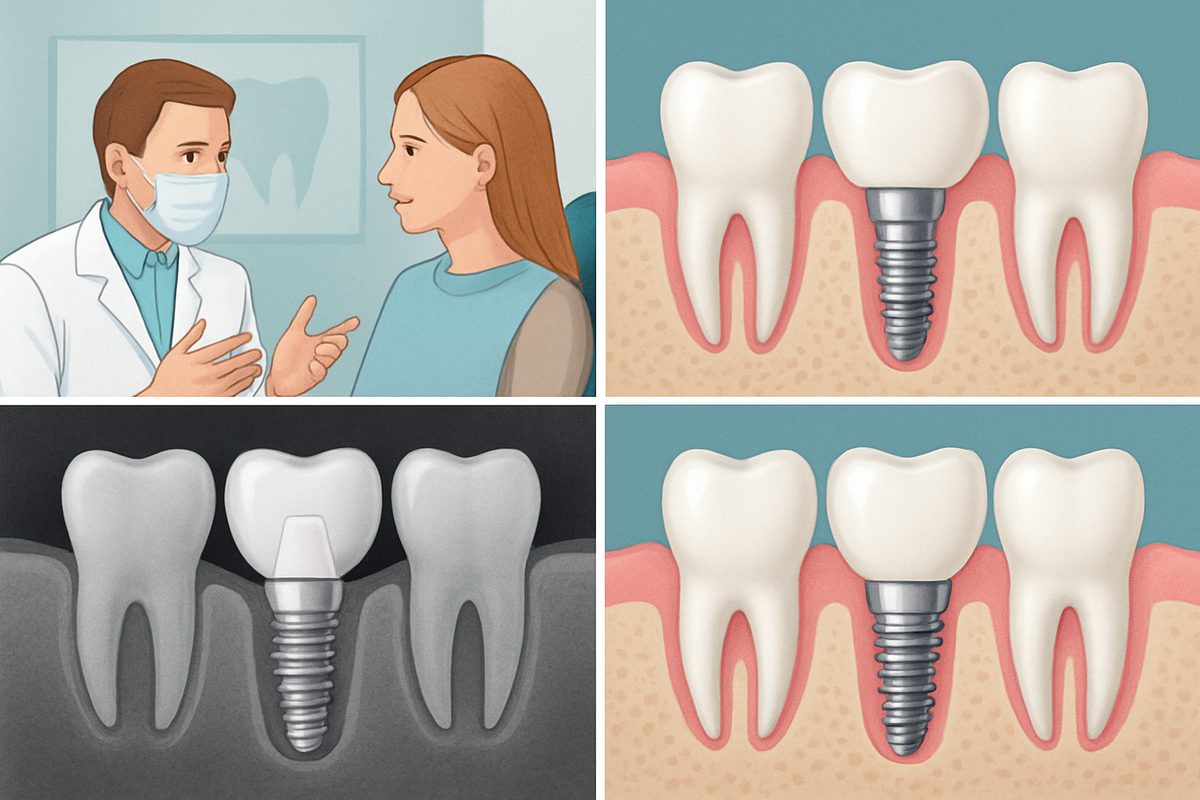Blog - [City], [state]
Tips, Facts, And The
Latest In Dentistry

Guide To How Much Permanent Gold Teeth Cost For 2024
Posted in General Dentistry

Beginning intro: Permanent gold teeth are dental restorations made from gold or gold alloys that stay in your mouth long-term. People choose them for strength, wear resistance, or personal style. If you’re wondering how much does permanent gold teeth cost, this guide explains typical price ranges, what changes the cost, and how to plan for treatment so you know what to expect.
What Are Permanent Gold Teeth?
Permanent gold teeth can mean full gold crowns, gold caps, or restorations made from high-gold alloys. Solid gold is rare and very costly; most crowns are gold alloy, mixing gold with other metals to balance strength and cost. Gold-plated options use a thin layer of gold over another material and are less durable. Some patients pick gold for function — it’s gentle on opposing teeth and lasts a long time — while others pick it for a distinct look.
Typical Cost Ranges — How Much Does Permanent Gold Teeth Cost?
A single gold crown commonly ranges from about $800 to $2,500 or more. Multiple crowns for several teeth can run several thousand dollars. Full-mouth gold restorations or replacing many teeth with gold can cost $20,000 to $60,000+ depending on scope and gold purity. Prices vary widely, so an exam and treatment plan are needed for a precise quote. If you’re searching for “how much does permanent gold teeth cost in Oklahoma,” expect similar ranges, but local lab fees and dentist pricing will affect the final number.
Key Factors That Change the Price
Gold purity and material choice
Gold is sold by karats: 10K, 14K, 18K, and higher. Higher karat means more gold and a higher material cost. Noble metal content (gold, palladium) raises price. Pure gold is soft, so alloys are common for strength — those alloys still influence cost.
Number and location of teeth
Replacing one back molar costs less than several front teeth or a full arch. Back teeth require strength; front teeth require esthetic considerations, which can change lab work and cost.
Prep work required
Extractions, root canals, core buildups, or periodontal treatment add to the bill. If bone grafts or implants are needed first, total cost rises significantly.
Lab vs same-day (CAD/CAM) fabrication
Traditional lab-cast gold crowns are common and can be more expensive due to custom casting. Same-day CAD/CAM workflows often produce ceramic or milled alloys quickly; however, pure gold work typically needs lab casting. Turnaround times and lab fees affect price.
The dentist’s experience and technology
Specialists or dentists using CBCT, guided planning, and high-end labs may charge more. Those investments can improve fit, function, and long-term outcomes, which can save money over time.
Gold vs Other Restorative Options
Porcelain and zirconia crowns are popular for appearance and are often used on front teeth. Zirconia can be strong and white but may wear opposing teeth differently than gold. Implant-supported crowns replace roots and can be more expensive than crowns on natural teeth. Gold tends to last longer and be kinder to opposing teeth, making it a good choice for heavy bite forces or for people who value long-term durability over a tooth-colored look.
Typical Procedure Timeline and What Adds Costs
Timeline: consultation and exam, digital scans or impressions, temporary restorations, lab work, final placement, and follow-ups. Extra visits for adjustments, remakes, or additional dental treatment increase cost. Advanced imaging (CBCT) and detailed planning add diagnostic fees but can prevent complications.
Longevity, Maintenance, and Long-Term Value
Gold restorations can last decades with good care — often longer than porcelain in many situations. They resist corrosion and fracture. Regular hygiene, avoiding extremely hard habits, and routine dental visits keep gold restorations functioning well. While upfront costs can be higher, long lifespan can make gold a cost-effective choice over time.
Insurance, Financing, and Ways to Reduce Out-of-Pocket Costs
Many dental plans cover a portion of crowns but may limit coverage for high-cost materials. Elective upgrades to gold may not be fully covered. Options to reduce costs include flexible spending accounts (FSA/HSA), dental financing plans, in-office payment plans, and discussing phased treatment with your dentist. When asking “how much does permanent gold teeth cost in Oklahoma,” check local practices for financing and transparent pricing.
Who Is a Good Candidate for Permanent Gold Teeth?
Good candidates include people with strong bite forces, failing metal restorations, or those seeking durable back-tooth restorations. Gold is less ideal for patients with strict cosmetic needs for tooth-colored solutions or for those with known metal allergies. A dental exam will determine if gold is the right functional and aesthetic choice.
Why Choose Dental Arts of Oklahoma for Permanent Gold Teeth?
Dental Arts of Oklahoma provides multi-location care across Catoosa, Tulsa, Bixby, Locust Grove, and Nowata. Led by Dr. Soren Michaelsen, the team uses CBCT, digital imaging, and modern lab partners to plan precise, comfortable restorations. Their approach focuses on long-term results, transparent pricing, and patient comfort when considering gold restorations.
How to Get Started
At your consultation, bring dental insurance information and a list of priorities (function, appearance, budget). Expect exams, digital scans, and a treatment plan that lists material options and costs. To get a personalized estimate for how much does permanent gold teeth cost, schedule an exam with Dental Arts of Oklahoma — they can outline options, financing, and next steps to match your goals.
